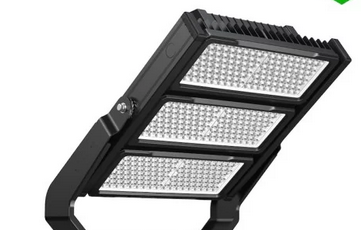Afternoon All
Quick 'simple' question hopefully someone has a simple answer to.
Why are DNO's (like UKPN, SSE etc.) adverse to providing buildings with more than a single incoming LV supply?
Are they concerned about risks/ regs, or is there another reason.
Would like to know.
Many thanks
Ade



